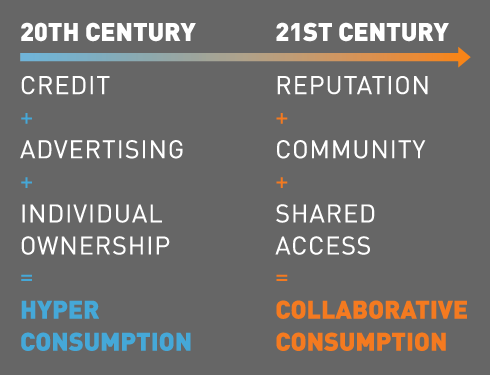Reposted from Tony Bacigalupo’s blog.
Coworking is not a zero sum game (yet). New spaces are opening all over the world every single day, but if we keep thinking of this simply in terms of desks and chairs then we’re missing the bigger picture.
Do you know why WeWork is valued at $10 billion? Because they’re betting big on something that we all intuitively know: work as we know it is fundamentally shifting forever. How many people work 9-to-5 for an employer who has an office of their own today? How many will still be working in the same way, managed the same style, in a space owned by their employer, in 5 or 10 years? I don’t think nearly as many will be, because more and more people will be working in increasingly flexible, creative, independent ways. WeWork and their investors are betting big on it, and the proliferation and success of so many coworking communities with no signs of slowing down serves as continued evidence of the fact.
So when a new space opens in your town, why consider them a competitor? Compared to the potential size of the market, how much market share are you really going for, anyway?
If the successful coworking communities I’ve seen are any measure, your best bet by far is to become friends. Offer your help, in a way that is true to you and that maintains the integrity of your community and your brand.
Make your community a place people will know as not just a great place to work but as an ambassador for coworking in your region. Make it THE destination people will tell others about when someone wants to learn more about coworking.
Xenophobic coworking spaces:
- Have to do all of the marketing themselves
- Can’t celebrate when other like-minded people start similar communities nearby
- Can’t tell members about valuable happenings in other places that you know about
- Can’t celebrate when members “graduate” to another space
- Must educate people on what coworking is and how it works all by themselves
- Face increasing pressure as more and more spaces open and rents go up
Magnanimous coworking spaces:
- Celebrate everything that’s happening around coworking in their city and the world
- Happily share good news and valuable information with whoever asks
- Off help and advice to other space owners, and get their help in return
- Have an easier time raising awareness of not just their space but of coworking in general
- Open themselves up to more expansive possibilities
- Increase the chances they’ll be recognized by the local governments
- Feel less alone
…in other words, it makes a lot of sense to be friendly with your fellow coworking spaces.
If you’re an established early adopter in the coworking world, then you have an opportunity to deepen your role as a space that not only has operated for a long time, but has led the charge in growing coworking across the city.
If you’re a new space in a crowded city, paying your dues by befriending fellow space owners opens up new avenues for people to find your place.
In Milan, in 2008, Massimo Carraro opened a coworking space as a part of his advertising firm’s office. Once he got the processes up and running, he set out to make it easier for other companies like his to implement the same kind of model in their offices, the Cowo Project was born, and since then has grown to 161+ spaces all across Italy and now Switzerland as well. In exchange for an annual fee, each participating space gets branded promotional materials, professional photographs of the space, listing on the project’s online network, access to online discussion groups, and an invitation to a bi-annual convocation of all participating members.
In short, Massimo didn’t build a coworking space and then hang back and brace himself for competitors: he actively went out and recruited people to build new spaces like his, and put himself at the center of the emerging ecosystem.
In speaking with Massimo, he told me a saying they have in Italy:
Unity is strength.
—
Read more at TonyBacigalupo.com

